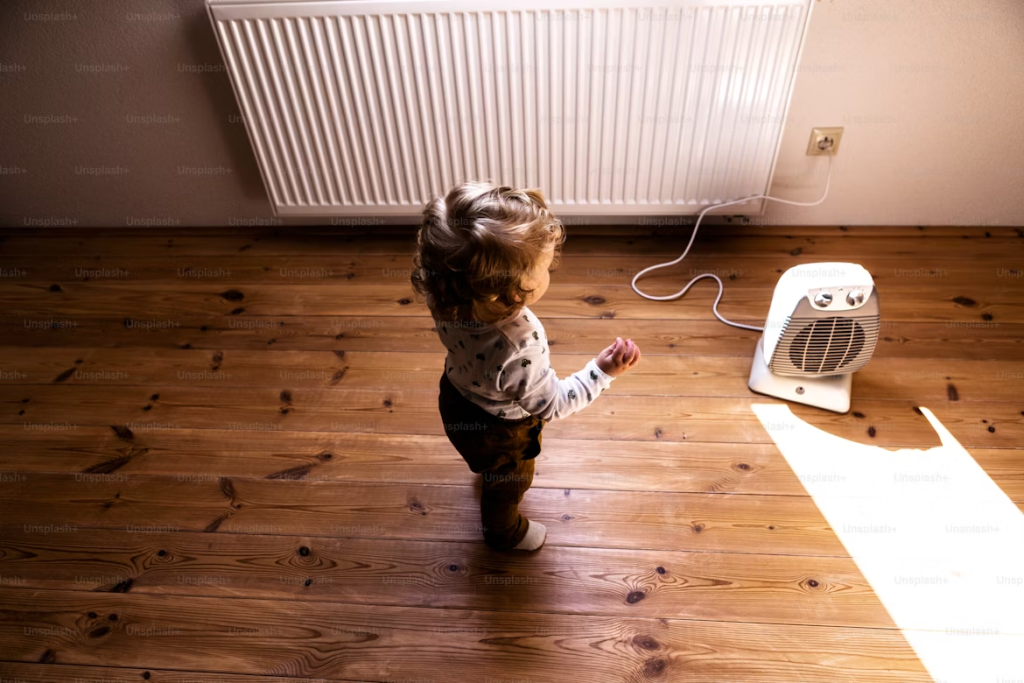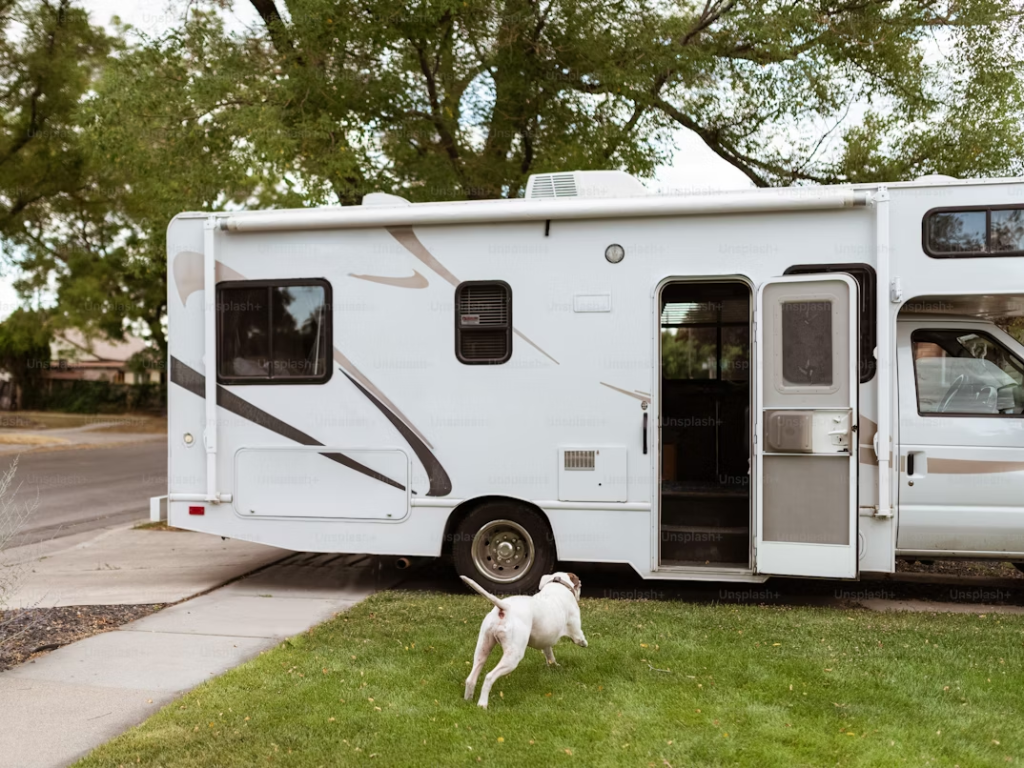

Gas bayonet fittings are one of the most practical ways to connect gas appliances at home. You’ll often see them used for indoor heaters, BBQs, and even in caravans.
What makes them so useful is how easy they are to connect and disconnect, especially when compared to older, more rigid fittings. They’re built to give you flexibility while keeping safety front and centre.
In many Australian homes, especially ones that use natural gas or LPG, gas bayonet fittings are standard.
They’re efficient, clean-looking, and when installed properly, they’re very safe. But even though they’re designed to be user-friendly, it’s still important to know how they work and what to look out for.
Most importantly, a licensed gas fitter in Melbourne should always do the gas bayonet fitting installation.
Let’s walk through what gas bayonet fittings are, where they’re used, how they work, and what proper installation looks like.
A gas bayonet fitting is a type of twist-lock connector designed to securely attach gas appliances to a gas outlet. It’s made up of two key parts:
To make the connection, you line up the plug with the socket, push it in, and give it a twist to lock it into place.
The locking action creates a tight, leak-proof seal, and that’s where the safety comes in. You get reliable gas flow without worrying about loose connections or unsafe setups.
The design is simple, but it keeps your gas connections safe, secure, and easy to use.
Gas bayonet fittings are common in Australian homes for a few good reasons. First, many houses already have gas heating systems in place. Bayonet fittings let you hook up or move heaters and BBQs without needing to call in a plumber every time.
Second, there’s the convenience factor. When winter hits, you can plug in a gas heater and get the whole room warm within minutes. Once summer rolls around, you might not need that heater anymore. Just twist and unplug.

Plus, you save money in the long run. Since the fitting is reusable and appliances can be moved around, you don’t need to invest in fixed gas outlets for every room or corner.
And finally, they’re safer than a lot of other DIY alternatives. Whena gas bayonet fitting is installed by a licensed gas plumber, they’re compliant with Australian standards and tested for leaks and pressure.
You’ll find gas bayonet fittings installed in a few different situations, and each one has slightly different benefits:
This is the most popular use. Many older Australian homes have bayonet sockets in the living room or bedroom. You simply plug your gas heater in during colder months and unplug it when the season changes.
Sick of carrying heavy gas bottles around? A wall-mounted bayonet fitting on your patio makes BBQ season so much easier. You plug in your grill, and you’re cooking within minutes, with no worry if you have enough gas left.
Bayonet fittings are perfect for mobile setups. You want a secure gas connection that’s easy to disconnect when you’re on the move. They’re commonly used for gas cookers and heaters in vans or camper trailers.

Whether it’s for outdoor events, temporary kitchens, or emergency setups, having a portable gas cooker that connects via a bayonet fitting can make things a lot more efficient. You can set it up quickly, cook what you need, and pack it away when you’re done.
Even though all bayonet fittings work on the same basic twist-lock principle, there are a few types of bayonet fittings in design. Choosing the right one depends on your setup and where you plan to use it.
If you’re not sure which type you need, a licensed gas fitter in Melbourne can help you decide based on your space, usage, and the appliance you’re using.
Even though the fitting looks simple from the outside, installing a gas bayonet fitting correctly is not a DIY job. A poor connection or wrong placement can lead to gas leaks, fire hazards, or worse.
That’s why gas bayonet fitting installation must be handled by a licensed gas fitter. Here’s what the process usually involves:
The first thing your gas fitter will do is assess where the socket should go. This decision is based on both safety and practicality.
For example, in a living room, a wall-mounted bayonet socket works well behind or beside a freestanding heater. On a patio, a floor-mounted socket might be better for connecting to a BBQ.
Once the location is locked in, the next step is installation.
This step might seem straightforward, but there’s no room for shortcuts. Even a tiny leak can cause major safety issues, so everything has to be tightened, tested, and secured according to regulations.
After the physical installation is done, your licensed gas plumber will carry out several safety checks to make sure everything is secure and compliant:
These tests are non-negotiable. Without them, there’s no way to know if the a gas bayonet fitting installation is truly safe. That’s why hiring a professional is the only way to go.
Once installed, gas bayonet fittings are easy to use. But there’s a correct way to connect and disconnect appliances, and skipping steps or rushing the process can lead to safety problems.
If the flame is weak or orange, turn it off and check the connection again. Never ignore unusual smells or flame behaviour.
It might seem simple, but doing these steps correctly extends the life of your fittings and helps prevent accidents.
Even with proper installation, gas bayonet fittings can run into issues, especially with age, moisture, or regular use. Here are the four most common problems and how to deal with them safely.
If the plug feels stuck or doesn’t twist in easily, there’s likely dust, rust, or misalignment. Wipe both ends clean with a dry cloth and check for obvious blockage.
Don’t force it. If it’s still stiff, a gas plumber can check for internal wear or damage.
This is a red flag for a gas leak. Shut off the supply immediately, ventilate the area, and avoid any electrical switches.

Call a licensed gas fitter in Melbourne straight away for a full inspection.
If your heater or BBQ isn’t heating properly, it could be a blocked hose, a pressure issue, or dirt in the fitting. Check for kinks in the hose and clean the connection. If the flame stays weak, a pro can test the gas flow and fix the root cause.
Rust, cracks, or worn-out fittings should never be ignored. Regularly inspect your bayonet fitting, especially after long storage. If anything looks damaged, get it replaced before using the appliance again.
Want your fittings to last as long as possible? Here’s how to keep them in good condition year-round:
These small steps can make a big difference in keeping your home safe and your appliances running smoothly.
Costs vary depending on how complex the job is, the type of appliance, and where you live. But here’s a rough idea:
Want a clear quote with no surprises? Your best bet is to get in touch with a local gas fitter in Melbourne and explain your setup.
You might be handy, but gas work is not something to learn on YouTube. Here’s why hiring a licensed gas fitter matters:
A licensed gas plumber gives you peace of mind that your setup is safe, efficient, and built to last.
Gas bayonet fittings are a great solution if you want a gas connection that’s clean, easy to use, and safe. But they only work as well as they’re installed and maintained.
If you’re thinking of installing a new fitting, relocating an old one, or just want someone to check your current setup, don’t take risks.
Need help or have questions? Contact a licensed gas fitter in Melbourne.
Reach out to Melbourne Gas Plumber today. Our experienced team is ready to assist with safe, compliant, and professional service.
We’ll help you make sure your gas bayonet fitting installation is done right from day one.


Fill the form below and we’ll get back ASAP!

MGP! Thank you for help, honest pricing and high quality work. Thank you to Joe for pricing and the boys involved for replacing my hot water tank and fixing my gas leak for a reasonable price. 5 star response, 5 star service and 5 star price.
Joe was great. Very professional and quick. Gas hot water heater needed replacing, he was honest and upfront about what our options were. System was sourced and replaced within a couple of hours.
Fantastic service very responsive Joe is highly recommended and works very clean and neat..... good job well done....very happy... will use again and again

At Melbourne Gas Plumber, we're here to handle all your gas plumbing needs throughout Melbourne. With over 40 years of experience, we bring extensive local knowledge and expertise to every job.
QUICK LINKS
OPENING HOURS
Open 24/7
